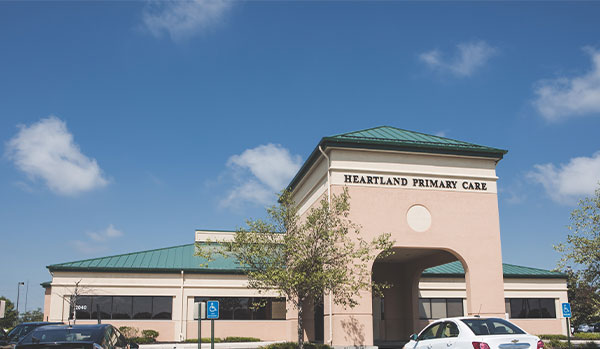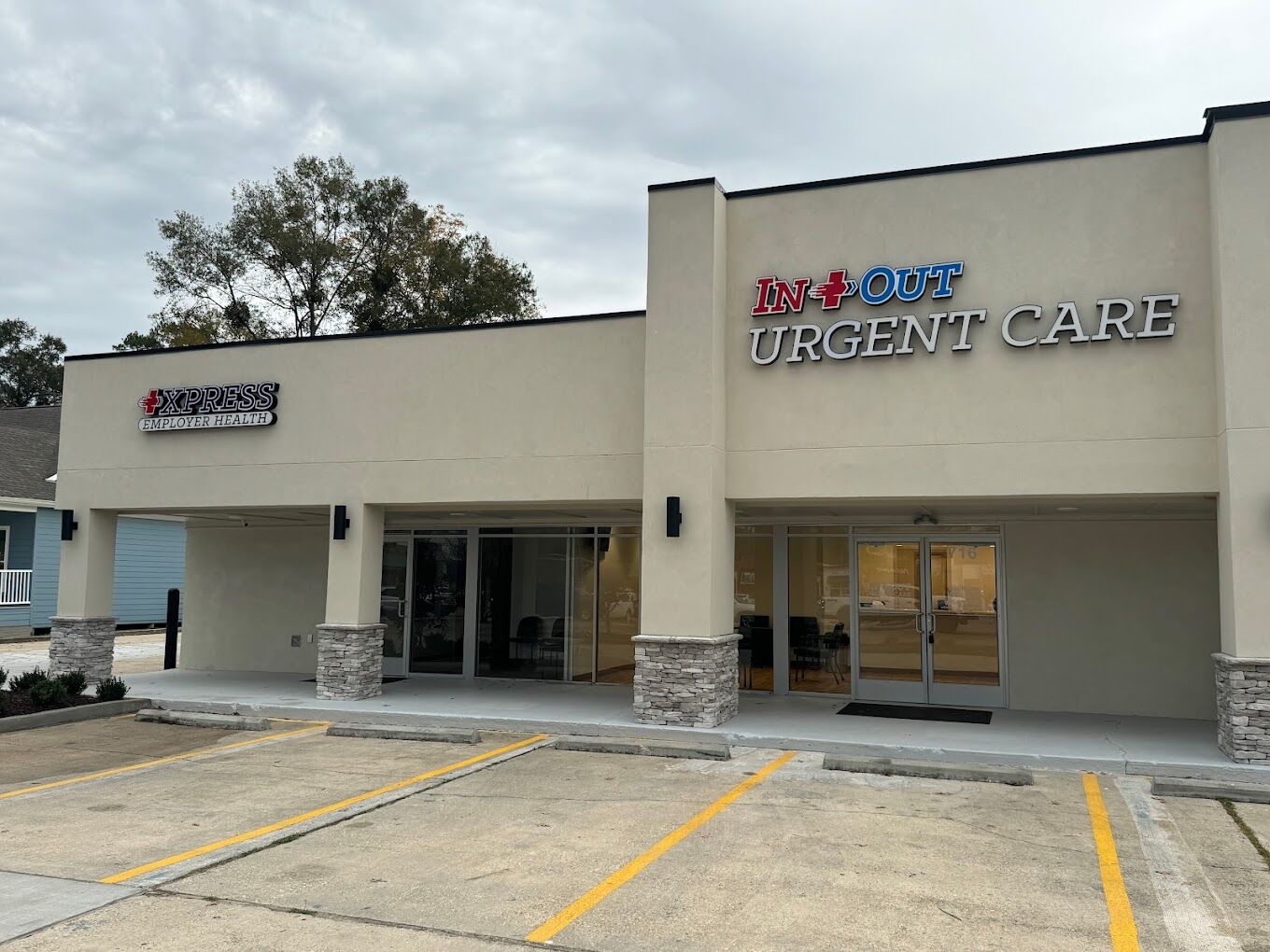Top Tips for Selecting the Right Clinic for Your Urgent Care Requirements
Top Tips for Selecting the Right Clinic for Your Urgent Care Requirements
Blog Article
The Value of Urgent Care Centers in Linking the Gap Between Medical Care and Emergency Situation Services
Immediate treatment facilities have become a crucial element of the healthcare landscape, effectively dealing with the vital requirement for prompt clinical interest without resorting to emergency solutions. By offering care for non-life-threatening problems, these centers help to minimize the concern on emergency areas and improve patient accessibility to prompt treatment. Their expanded hours and varied solutions satisfy a growing population looking for options to conventional primary treatment. Nevertheless, the developing role of urgent treatment facilities raises important inquiries about their integration within the wider healthcare system and the effects for patient outcomes and source appropriation.
Review of Urgent Treatment Centers
Immediate care facilities have become an important element of the medical care distribution system, giving accessible medical services for non-life-threatening conditions. These facilities commonly operate outdoors standard workplace hours, offering clients a choice to emergency situation areas and medical care setups. People seeking urgent care commonly existing with problems such as minor injuries, infections, or health problems that call for timely interest but do not pose a prompt threat to life or arm or leg.
Urgent care centers are staffed by a variety of health care experts, consisting of physicians, nurse experts, and doctor aides, that are equipped to diagnose and treat different medical worries. They often include analysis tools such as X-ray machines and lab solutions, enabling them to supply comprehensive care on-site.
The establishment of immediate care facilities has actually been affected by the increasing need for timely medical services in a busy society, where people may battle to safeguard visits with medical care service providers. Consequently, these centers aim to relieve blockage in emergency departments, improving total medical care effectiveness. Furthermore, urgent care facilities often work as a bridge in between health care and emergency services, making sure that individuals receive appropriate care customized to their specific clinical demands.

Benefits of Urgent Care Provider
Accessing prompt healthcare is a considerable benefit of immediate treatment solutions. These facilities give immediate interest for non-life-threatening problems, properly decreasing delay times compared to typical emergency situation divisions. People looking for take care of minor injuries, health problems, or urgent health and wellness concerns can acquire therapy without the lengthy delays frequently related to healthcare facility sees.
An additional key benefit is the extended hours of operation. Lots of urgent care centers are open evenings and weekends, fitting clients who may not be able to see their medical care service provider during standard office hours. This adaptability makes immediate care an easily accessible choice for those with hectic timetables or unexpected health and wellness issues.
Moreover, urgent treatment facilities commonly use a vast array of services, including diagnostic screening, X-rays, and fundamental lab solutions. This detailed method permits for quick medical diagnosis and treatment, boosting individual fulfillment.
Additionally, urgent care facilities are generally much more economical than emergency situation areas, making them an appealing alternative for people without insurance policy or those with high-deductible strategies. On the whole, immediate care solutions play a vital duty in providing obtainable, timely, and inexpensive treatment.
Contrast With Health Care
Typically, individuals typically weigh their options between immediate care centers and medical care carriers when seeking clinical attention. Both serve important duties in the health try this care system, yet they differ substantially in scope, price, and accessibility.
Key treatment service providers are commonly the very first factor of contact for clients, concentrating on long-term health monitoring, preventative care, and chronic condition management. They supply connection of care, cultivating a patient-provider relationship that enables thorough health analyses and personalized treatment plans. Arranging an appointment can be time-consuming, typically calling for days or weeks in breakthrough. Urgent Care.
In comparison, urgent treatment facilities provide immediate look after non-life-threatening problems that require timely attention, such as minor injuries or infections. These centers frequently run beyond conventional office hours, accommodating people who may not be able to visit their health care supplier throughout regular service times. In addition, urgent treatment is generally extra economical than emergency area sees, making it an attractive alternative for those with minimal healthcare access.
Ultimately, while immediate treatment centers and primary care companies both contribute to patient wellness, they accommodate distinctive demands, making it critical for clients to figure out which option best lines up with their circumstances.
Emergency Solutions Communication
The interaction in between urgent care centers and emergency services is a crucial facet of the medical care landscape, specifically when people encounter circumstances that might rise in extent. Urgent treatment centers function as a bridge between medical care and emergency divisions, dealing with non-life-threatening problems that require immediate focus. This collaboration improves client outcomes and maximizes resource allocation within the medical care system.
When people present with not serious but immediate issues, urgent treatment facilities can successfully manage their requirements, alleviating blockage in emergency situation spaces. When an individual's problem exceeds the range of immediate care treatment, Facilities equipped with diagnostic capabilities can facilitate timely recommendations to emergency solutions. This seamless interaction aids ensure his response that clients get the suitable degree of treatment without unneeded delays.
In addition, efficient interaction in between immediate care providers and emergency services is essential. Sharing individual details and treatment histories cultivates coordinated care, reducing the threat of redundant tests and procedures. As healthcare remains to evolve, the dynamic connection in between immediate care centers and emergency situation services will play a crucial duty in enhancing person treatment performance, fulfillment, and overall wellness results within the community.
Future of Urgent Treatment Facilities
As medical care demands evolve, the future of urgent care centers is positioned to become increasingly indispensable to the overall clinical ecological community (Urgent Care). These centers are likely to expand their functions by including innovative technologies, such as telemedicine, man-made knowledge, and electronic health and wellness document assimilation. This will certainly enhance client accessibility and enhance care coordination in between immediate treatment, medical care, and emergency situation services
Additionally, urgent care facilities are expected to diversify their service offerings to include precautionary care and chronic disease administration. This shift will certainly place them as crucial parts in managing population health, minimizing the problem on emergency situation divisions, and addressing spaces in medical care schedule.
The growing fad of value-based treatment will certainly further accelerate the makeover of immediate care facilities, prompting them to focus on patient results and satisfaction. Facilities may additionally embrace collaborative method designs, functioning very closely with specialists and main treatment carriers to make certain extensive person administration.
Final Thought
Finally, immediate care facilities serve an essential feature in the healthcare system by supplying prompt accessibility to therapy for non-life-threatening problems, successfully reducing stress on emergency services. Their prolonged hours and diverse variety of solutions improve patient convenience and complete satisfaction, while also making sure proper care distribution. As healthcare needs remain to progress, the function of urgent care centers will likely become progressively considerable, more bridging the space between main treatment and emergency solutions.
The establishment of immediate treatment centers has been affected by the boosting demand for prompt clinical services in a hectic society, where clients may struggle to safeguard visits with primary care carriers. In addition, immediate treatment facilities commonly serve Read Full Report as a bridge in between main care and emergency solutions, guaranteeing that patients obtain appropriate treatment customized to their particular medical needs.
Lots of urgent care facilities are open nights and weekend breaks, suiting individuals who may not be able to visit their main care company during basic office hours (Urgent Care). As medical care continues to advance, the vibrant connection in between immediate treatment centers and emergency services will play a critical duty in enhancing individual care performance, fulfillment, and total health outcomes within the community

Report this page